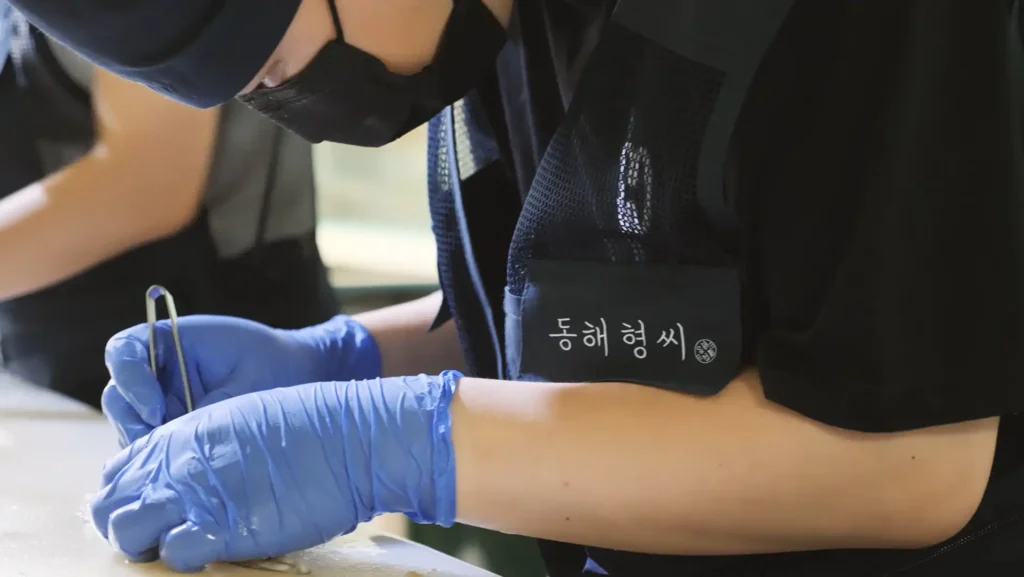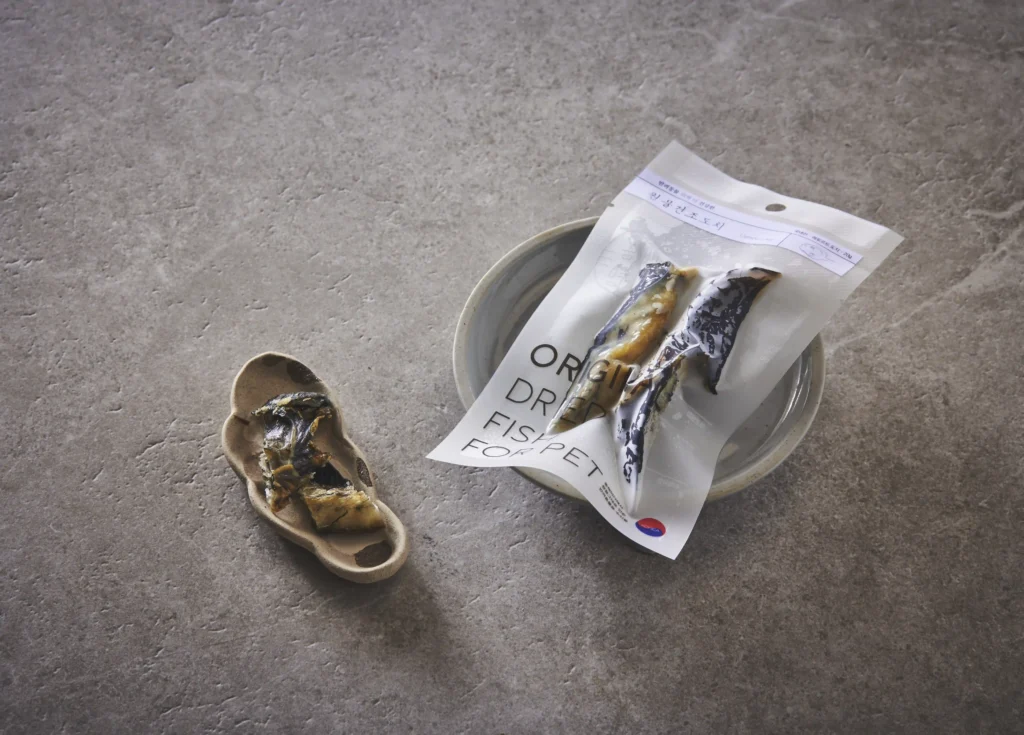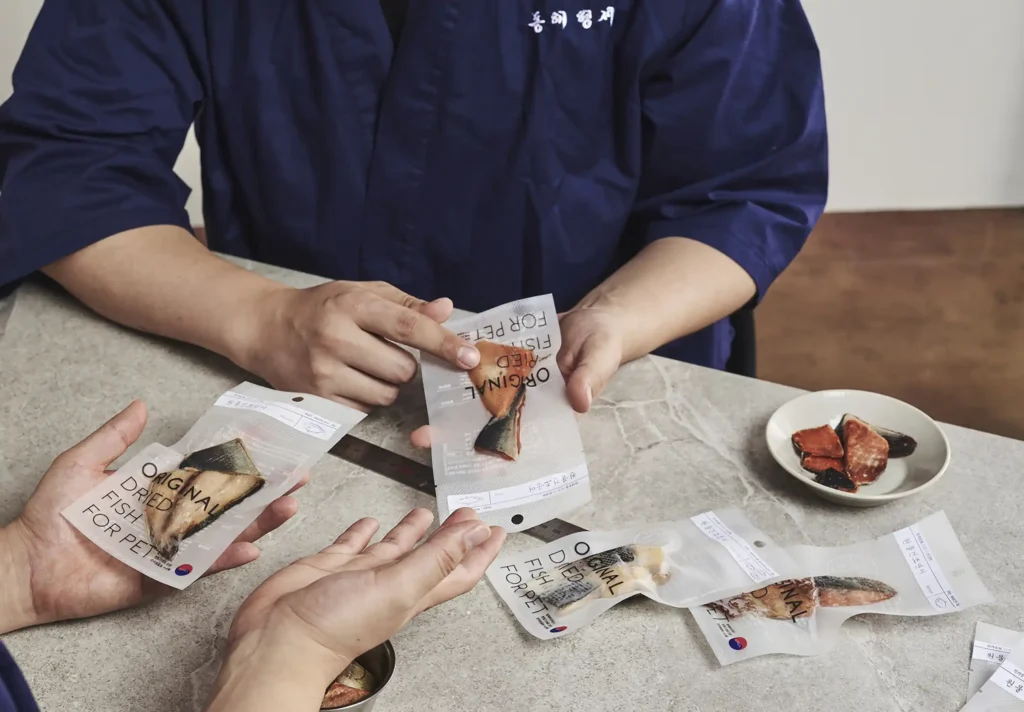What inspired you to take Eastsea Brother global, and how have international audiences responded?
Our decision to take Eastsea Brother global was fueled by three key trends in the pet food market: pet humanization, premiumization, and wellness. Since 2019, we’ve led the way in Korea with innovative products like dog sushi and steak. Our domestic success—selling out at The Hyundai Seoul and winning the Prime Minister’s Award—gave us the confidence to expand internationally.
In early 2024, we entered markets like Hong Kong, the Philippines, and Saudi Arabia, where the response was overwhelmingly positive, with immediate reorders confirming our global product-market fit. At Marina Bay Sands in Singapore, our products sold out rapidly, with the entire inventory gone by the second day. The enthusiastic reception from Southeast Asian customers and strong interest from international buyers have validated our global strategy and highlighted our competitive edge in the international marketplace.
You mentioned sourcing fresh fish from the East Sea every morning at 5 AM. What drives this unique and rigorous practice?

Sourcing fresh fish presents a unique challenge, as it remains largely wild-caught and scarce, unlike farmed vegetables or livestock. Many in the pet food industry rely on fish that’s discarded or processed as a by-product, often needing to remove excess salt and add other ingredients to make it suitable for pets.
At Eastsea Brother, we take a more straightforward approach. Every morning at 5 AM, we source fresh fish directly from the port, bypassing the need for heavy processing. This ensures the natural, rich flavors pets love are preserved, allowing us to offer a high-quality, additive-free product that aligns with our commitment to their well-being.
Your product manufacturing involves intricate handmade processes – can you share more about these artisanal touches?

Over 90% of our production process is done by hand, ensuring exceptional quality and safety. We start by meticulously removing inedible fish bones, guts, and organs, then selectively debone 60% of the filets to preserve flavor. After drying, we go through another round of trimming, removing any overcooked or unsuitable sections—ultimately, only 36% of the fish is used in our pet food.
This hands-on approach has earned us a loyal following in South Korea, reflected in our impressive Net Promoter Score of 76.3%, on par with brands like Netflix and Starbucks.
Among your collection, is there a particular product that holds a special place in your heart?

One product that holds a special place in my heart is semi-dried Lumpsucker, known as “Dochi” in Korean. It’s a fish that often gets overlooked because of its appearance, similar to how monkfish was once ignored until it became a delicacy. In my hometown of Gangwon-do, a coastal area in Korea, Lumpsucker is highly valued, even used in traditional ceremonies, though it remains relatively unknown and rare.
The food industry can be pretty conservative—people tend to stick to what they’re familiar with. If they see an unfamiliar, dark-colored fish like Lumpsucker, they might pass it by. But Lumpsucker is something truly special. It’s about 80% collagen, uniquely light and fluffy, and low in calories, making it a hidden gem. Once people give it a try, they often come back for more. I love Lumpsucker because it challenges the usual perceptions of what’s considered good food. If you have a pet, I highly recommend giving Lumpsucker a try—I think you’ll be pleasantly surprised.


